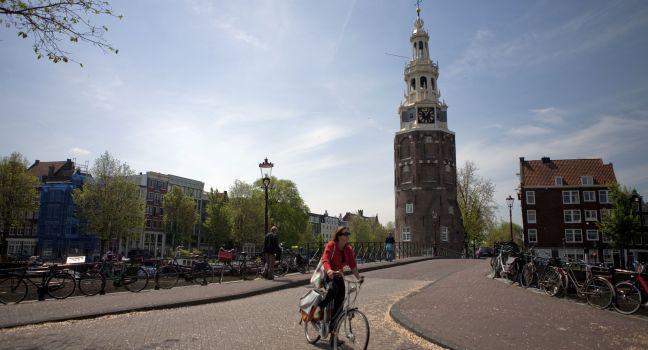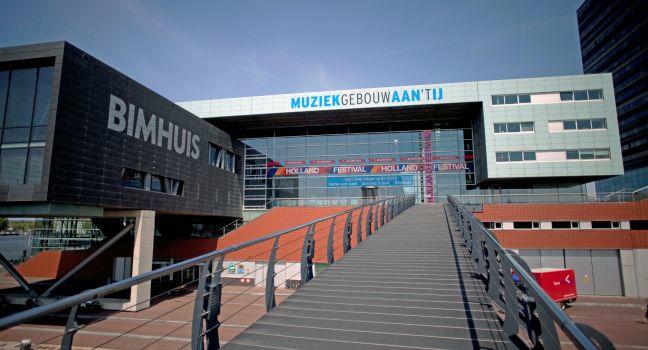Beurs van Berlage
The old stock-exchange building is revered as Amsterdam's first modern building and the country's most important piece of 20th-century architecture. Built between 1898 and 1903 by H. P. Berlage, its design became a template for the style of a new century. The new Beurs, with its simple lines and the influence it had on the Amsterdam School architects who followed Berlage, earned him the reputation of being the "Father of Modern Dutch Architecture."
A staunch socialist, Berlage designed the building as a "public palace," a function it truly fulfills today with room for conferences, collaborative workspaces, exhibitions, and events. Or just stop by Bistro Berlage for coffee, lunch, or dinner. There was a major redesign of this former Grand Café in 2017, but you can still admire the stunning symbolist mosaics by Jan Toorop inside. Weather permitting, the new Beursplein terrace is a pleasant place to watch the world go by.
Do also take the time to check out the colorful Tony's Chocolonely Super Store and Chocolate Bar on the north side of the building.





